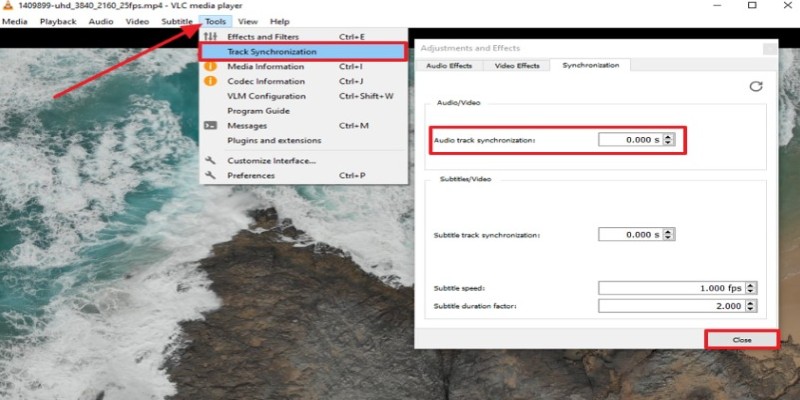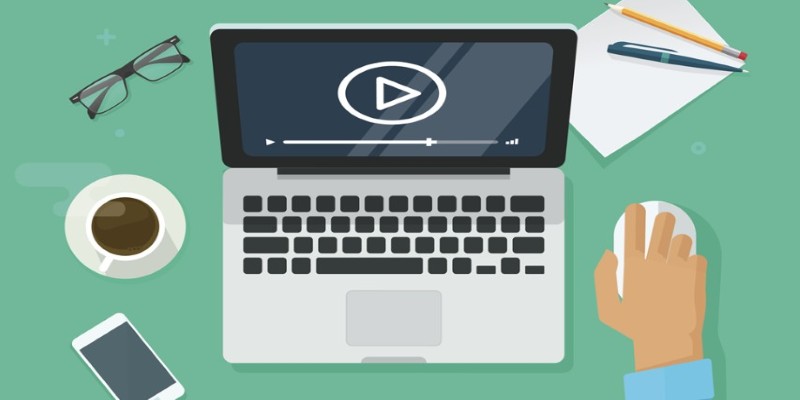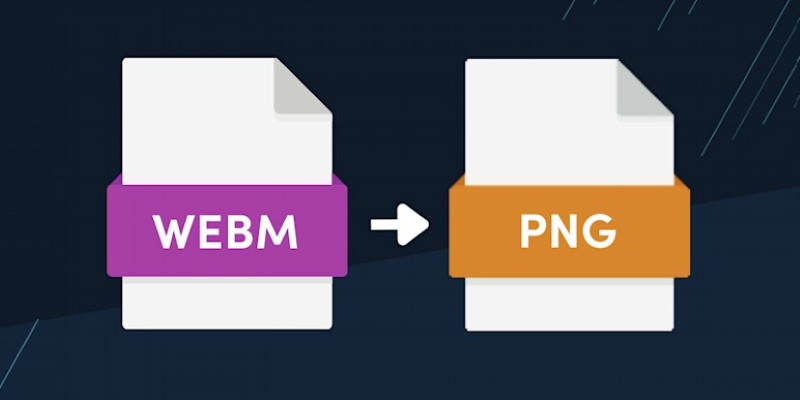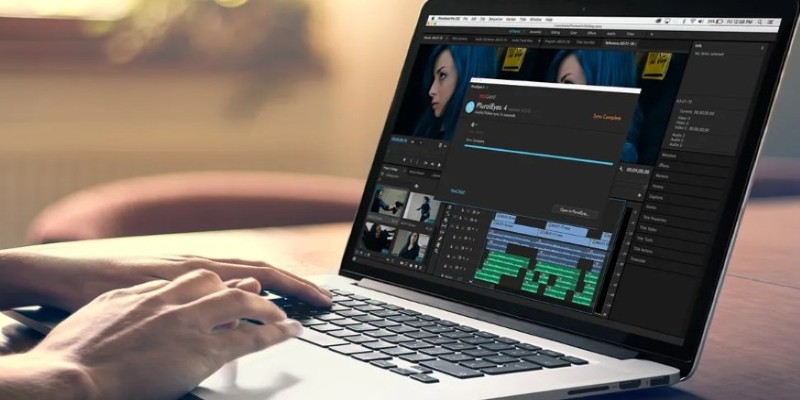How to Fix Audio Delay in VLC Player
Advertisement
How to Resolve the Issue that VLC Audio Is Out of Sync
Sometimes, you're watching a video, and everything seems fine—and then, the actor's lips move, but the sound comes a second later. It's not just frustrating; it completely takes you out of the moment. If you're using VLC Media Player, this kind of audio lag is not uncommon, but the good news is that it's usually an easy fix. Whether it's a delay or the sound plays before the picture, there are a few practical solutions that can help. Without any further ado, let’s begin exploring!
Quick Keyboard Fixes for Real-Time Adjustment
Let’s start with the easiest method. VLC has built-in shortcut keys to help with audio sync issues on the spot. You don’t need to close anything, pause the movie, or dig through menus.
- Press K to delay the audio.
- Press J to make the audio play earlier.
Each tap adjusts the sync by 50 milliseconds. If the sound is ahead of the video, hit K a few times. If it's lagging, hit J. You can keep adjusting while the video is playing, and it updates in real-time. Once you find that sweet spot where the sound matches the visuals, you're set.
The only catch? These settings don’t stay saved. If you close VLC and reopen the same video, you might need to do it again. But for a one-time quick fix, this trick is golden.
Sync Settings for a Specific File
If there’s a particular video that always plays out of sync—every time, no matter what device you’re on—it probably wasn’t encoded properly. VLC lets you tweak the audio timing just for that file.

Here’s how to do it:
- Open the video in VLC.
- Go to Tools > Track Synchronization.
- Under the Synchronization tab, find the Audio track synchronization box.
- Enter a positive or negative number (in seconds) depending on whether the sound is early or late.
If the audio is late, use a negative number like -0.5 to push it ahead. If it’s early, try something like 0.3. You might need to test a few values until it feels right. Once you close the file, this setting resets. But while the video is open, it will stay synced. This is useful if you're watching something you downloaded or transferred, and it always has the same delay.
How to Make the Sync Permanent
Adjusting sync every single time gets old. If you have a video where the delay is consistent, there’s a way to save the correction so you never have to fix it again. It involves re-encoding the file using VLC itself.
Here’s a simple version of what you need to do:
- Open VLC and go to Media > Convert / Save.
- Add the file, then click Convert / Save at the bottom.
- Under Settings, click the wrench icon to open the Profile Edition.
- In the Audio codec tab, adjust the Audio delay field.
- Set it to the correct number (positive or negative) based on your previous tests.
- Choose the destination folder and filename.
- Click Start.
This will create a new file with the sync adjusted. You can delete the original or keep both. It takes a bit longer than just tapping J or K, but it’s perfect if you plan to watch the video more than once—or if it’s something you’re keeping.
Dealing with Hardware or Playback Issues
Sometimes, the problem isn't the file—it's your system. If all videos have sync issues, or the delay seems to come and go, it might be something deeper.
Here’s what to check:
1. Update VLC
Always worth checking. VLC releases updates regularly, and sometimes, sync bugs are fixed in newer versions. Go to Help > Check for Updates to see if you’re running the latest version.
2. Adjust Output Settings
VLC lets you change how it handles audio and video output. Switching the output module can fix ongoing sync problems.
- Go to Tools > Preferences.
- At the bottom, select All under Show settings.
- In the side panel, expand Audio > Output modules.
- Try switching from Default to another option (like DirectSound or WaveOut, depending on your system).
- Save and restart VLC.
This won’t look like it did anything, but if your device was having trouble with the default output, this change can smooth things out.
3. Check Hardware Acceleration
If your device is underpowered or multitasking too much, it might struggle to play high-resolution videos smoothly. This can lead to sync issues where the video lags behind the audio.
Try turning off hardware acceleration:
- Go to Preferences > Input / Codecs.
- Look for Hardware-accelerated decoding and switch it to Disable.
- Save and restart.
If this solves your problem, you’ll know your system was choking a bit with the video rendering.
4. Check Audio Drivers
If VLC isn’t the only app with audio issues, your drivers could be out of date or corrupted. Updating your sound card drivers through the Device Manager can help. It’s a bit more technical, but worth doing if nothing else fixes the issue.

Final Thoughts
Sync problems in VLC are annoying, but they’re rarely permanent. Most of the time, a few keystrokes or a small tweak in the settings is enough to bring everything back in line. Whether the issue lies with a single video or the whole system, VLC gives you several ways to take control of audio and video timing. If you often watch downloaded or old files, keeping these tricks in your back pocket can save a lot of time—and your patience. Hope you find this piece of information worth reading. Stay tuned for more interesting yet helpful guides!
Advertisement
Related Articles

Apple Clips Review: A Simple and Fun Way to Create Expressive Videos

How to Make a Smooth 3D Effect for TikTok: Step-by-Step Guide

Converting MP4 to JPG: The Smarter Way to Capture the Perfect Frame

VN Video Editor: Effortless Mobile Editing with Advanced Features

Funimate: The Video Editor That Turns Effects into Play

How to Convert WebM to PNG Online Without Installing Any Software

GoPro Quik: Streamlined Editing for When You’re in a Hurry

Simple Ways to Resolve Audio Video Delay: A Beginner’s Guide

VideoShow Review: A Mobile Editor for Quick, Casual Projects

Videoshop: A Complete Evaluation of the Videoshop Video Editor on Phone

How to Fix Audio Delay in VLC Player

 novityinfo
novityinfo